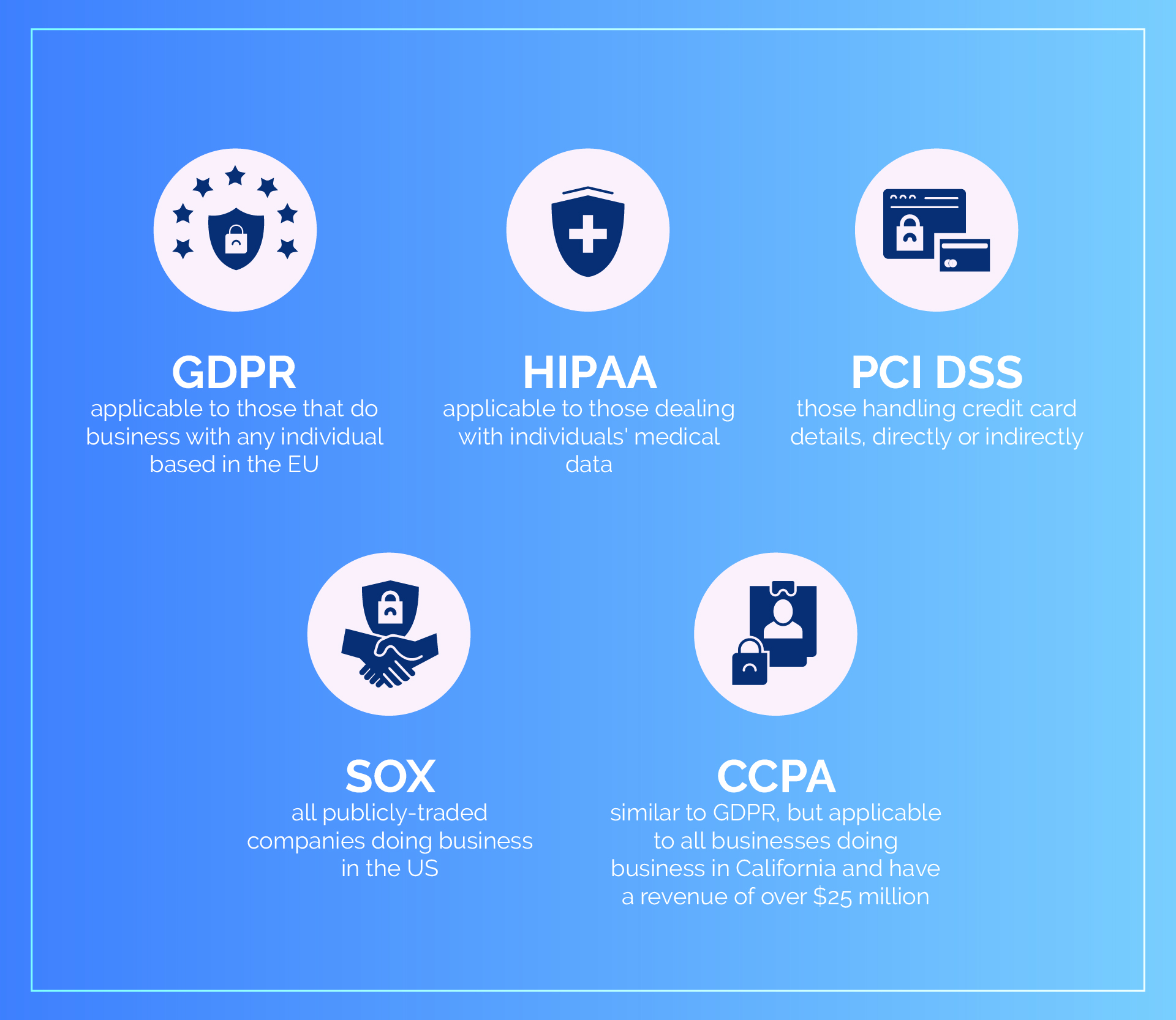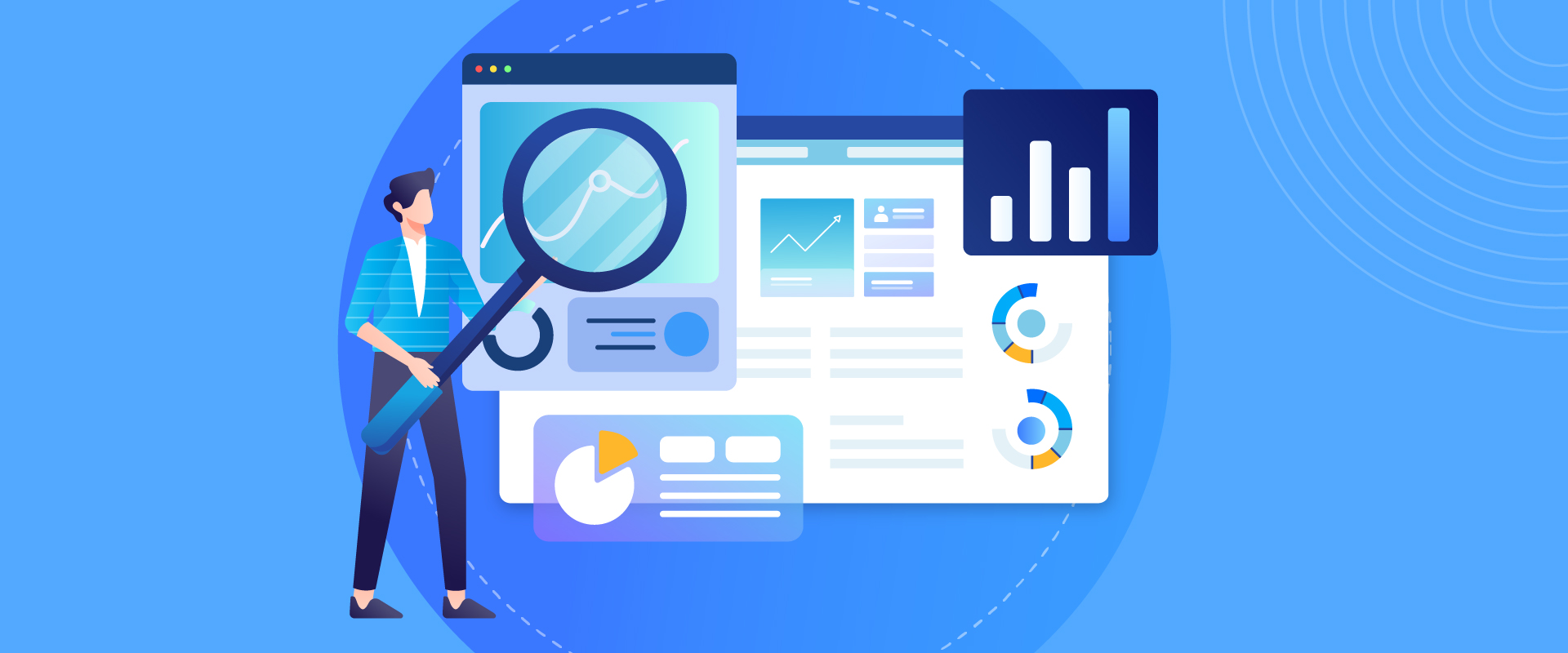The author is a CEO and Co-Founder in Eucloid. For any queries, reach out to us at: contact@eucloid.com
5 Key Elements of Effective Data Governance

One of the increasingly important modern day requirements – Data governance refers to the system that outlines who has authority and control over an organization's data assets, as well as how those assets are used. This system includes people, processes, and technologies that are necessary for the management and protection of data assets. The objective of data governance is to ensure the availability, quality, and security of an organization's data through the establishment of policies and standards. This involves determining who owns the data, implementing measures to secure the data, and defining how the data should be used.
Effective data governance has several key objectives. These include reducing the risks associated with accessing and maintaining accurate data, establishing internal policies for data usage that adhere to relevant laws and regulations, and improving overall data quality. By achieving these goals, organizations can reduce costs and enjoy the benefits of high-quality data. This data can be leveraged for advanced data analytics and data science initiatives, enabling organizations to gain valuable insights and make informed business decisions. Let us look at the important elements of data governance.
Data security
This refers to the protection of digital information from unauthorized access, theft, or corruption throughout its entire lifecycle. It covers various aspects of information security, including physical security of hardware and storage devices, administrative and access controls, and logical security of software applications, as well as organizational policies and procedures.
Why is it important? Firstly, it can result in costs, fines, and reparations. According to Cybersecurity Ventures, global cybercrime costs will reach $10.5 trillion USD annually by 2025, which would include “damage and destruction of data, stolen money, lost productivity, theft of intellectual property, theft of personal and financial data, … post-attack disruption…, forensic investigation, restoration and deletion of hacked data and systems, etc.”. Secondly, it can cause reputational damage that could impact your business for years. For example, the Equifax data breach in 2017 affected 143 million US citizens and resulted in an estimated $87.5 million in damage. Finally, it can lead to job losses for those responsible. Senior executives at Target, Yahoo, and Equifax lost their jobs following high-profile security breaches. Data security is no longer just a technical concern but a board-level concern and should be an essential part of your organization’s business strategy.
Data compliance
Data compliance is the process of adhering to regulations to protect sensitive digital assets. These regulations can come in various forms, including industry standards, state or national laws, and supra-national regulations like GDPR. These rules typically specify the types of data that require protection, acceptable processes under the legislation, and the penalties for firms that fail to comply.
It's important to note that data compliance is different from data security, which covers all the procedures and processes that protect sensitive data and guard against breaches. The following are key global compliance laws that companies may be subject to:
- GDPR (General Data Protection Regulation) - is a set of rules that came into force in May 2018, and covered people's right to know what data businesses have on them, how companies process this data, and it established tighter rules on the reporting of breaches. The regulation applies to firms based in Europe and those that do business with any individual subject to the EU's jurisdiction. GDPR primarily focuses on three principles: obtaining consent, minimizing the amount of data held, and ensuring the rights of data subjects.
- HIPAA (Health Insurance Portability and Accountability Act)- is a set of rules that require US organizations dealing with individuals' healthcare and medical data to ensure the safety and confidentiality of these records. As the penalties for failing to protect this data can be severe, all electronic health records must be restricted to those with valid reasons for viewing them, and encryption and strong access controls are a must.
- PCI DSS (Payment Card Industry Data Security Standard) - is an industry standard that sets out rules for businesses that handle “payment card” data like credit card numbers, their expiration dates, customers’ addresses, etc. Any company found to be non-compliant with its rules may face heavy fines or even have relationships with banks or payment processors terminated, making it difficult for them to accept card payments. Even if firms use third-party services for handling card payments, it is still the merchant's responsibility to ensure that any credit or debit card data gathered, transmitted or stored, is secure.
- SOX (Sarbanes-Oxley Act, 2002)- is intended to protect against the corporate accounting scandals of companies like Enron. IT departments must ensure that CEOs and CFOs receive real-time reporting on the firm's financials and provide systems for automated reporting and alerts for key events. Appropriate backups and document management systems must be in place to remain compliant.
- CCPA (California Consumer Privacy Act) - is a law that came into effect in January 2020, and is one of the toughest consumer protections that many US-based businesses face. It has been described as California's equivalent of GDPR, and it takes a broader view of what is defined as private data, including any information from which inferences can be drawn to create a customer profile. CCPA compliance applies to companies that have gross annual revenues above $25 million, those that buy, receive, or sell the personal information of 50,000 or more consumers, households, or devices, or businesses that derive 50% or more of their annual revenue from selling consumers' personal information.

Data Quality
High-quality data is critical for various data analytics and business intelligence. It enables organizations to gain insights that help make better decisions. Managing data quality also enhances organizational efficiency, productivity, and reduces risks and costs. Investing in data quality pays off repeatedly in multiple use cases across the enterprise.
There are several dimensions to data quality, including accuracy, completeness, consistency, timeliness, uniqueness, and validity:
- Accuracy - this refers to the degree to which the data accurately reflects an external or real world event or object.
- Completeness - for all the mandatory fields, does the dataset have values present for all of them?
- Consistency - for many organizations, the same information may be stored in more than one place. If these information pieces match, it’s considered “consistent.”
- Timeliness - is the data available when it’s needed periodically or when demanded?
- Uniqueness- means no duplicate information exists across the dataset.
- Validity - requires data to conform to the accepted format.

Data observability
Data observability refers to an organization's ability to fully comprehend the status of the data in their systems. Automated monitoring, automated root cause analysis, data lineage, and data health insights are some of the ways we can detect, resolve, and prevent data anomalies. There are five pillars of data observability, each of which offer valuable insights into the reliability and quality of your data:
- Freshness - refers to how up-to-date your data is and how often they are updated. Stale data may lead to incorrect decision-making.
- Quality - this pillar examines the data flowing through your pipelines and analyzes them to see if the data values fall within the correct ranges. This pillar provides insight into whether your tables can be trusted based on what is expected from your data.
- Volume - literally refers to the total size of the data. If there is a sudden increase or decrease in the records present in your database, that could be indicative of some underlying problem.
- Schema - many downtime incidents are due to fields being incorrectly added or modified. Some tiny change, often made innocuously, causes widespread issues when present in production systems. Auditing these changes, and having a sound review process in place is crucial for preventing these types of issues.
- Lineage - by enabling creation of a “map”, this pillar helps answer the question "where?" when data related issues take place. It also helps us identify which upstream sources and downstream ingestors were impacted, as well as which teams are generating the data and who is accessing it.
Data Lineage
Data lineage is the process of tracking data over time, which helps users understand its origin, subsequent changes, and ultimate destination within the data pipeline. By providing a record of data throughout its lifecycle, including its source and any transformations applied during ETL or ELT processes, data lineage tools enable users to trace different points along the data journey. This documentation allows organizations to validate data accuracy and consistency, which is crucial for ensuring data quality. Setting up a data lineage process involves the following steps:
- Objectives: Identify the objectives that you want to achieve with your data lineage process. This may include improving data quality, enhancing regulatory compliance, reducing risk, and optimizing data processing workflows.
- Scope: Define the scope of your data lineage process, including the data sources and systems that will be included, as well as the data elements that you want to track.
- Map: Create a mapping of your data sources and systems, including how data flows between them, the transformations that occur, and any business rules that apply. This will provide a clear picture of how data is processed within your organization.
- Implement: Choose the appropriate data lineage tools that fit your organization's needs and budget. These tools can help automate the process of data lineage mapping and tracking.
- Govern: Define the governance structure and policies that will be used to manage your data lineage process. This may include data stewardship roles and responsibilities, data quality standards, and data retention policies.
In conclusion, data governance is a critical aspect of any organization's data management strategy, and it requires a comprehensive and proactive approach to be effective. It involves establishing policies, procedures, and standards that ensure data accuracy, consistency, security, and privacy while promoting data transparency and accessibility. Given the complexity and importance of data governance, it is essential to partner with a reputable company that has a proven track record in this field.
Looking to setup Data governance for your business? Talk to us today and know more about Data Governance, Data Security, Compliance, Data Quality, Observability & Data lineage. Reach out at contact@eucloid.com
Posted on : April 06, 2023
Category : Data Engineering
About the Authors
